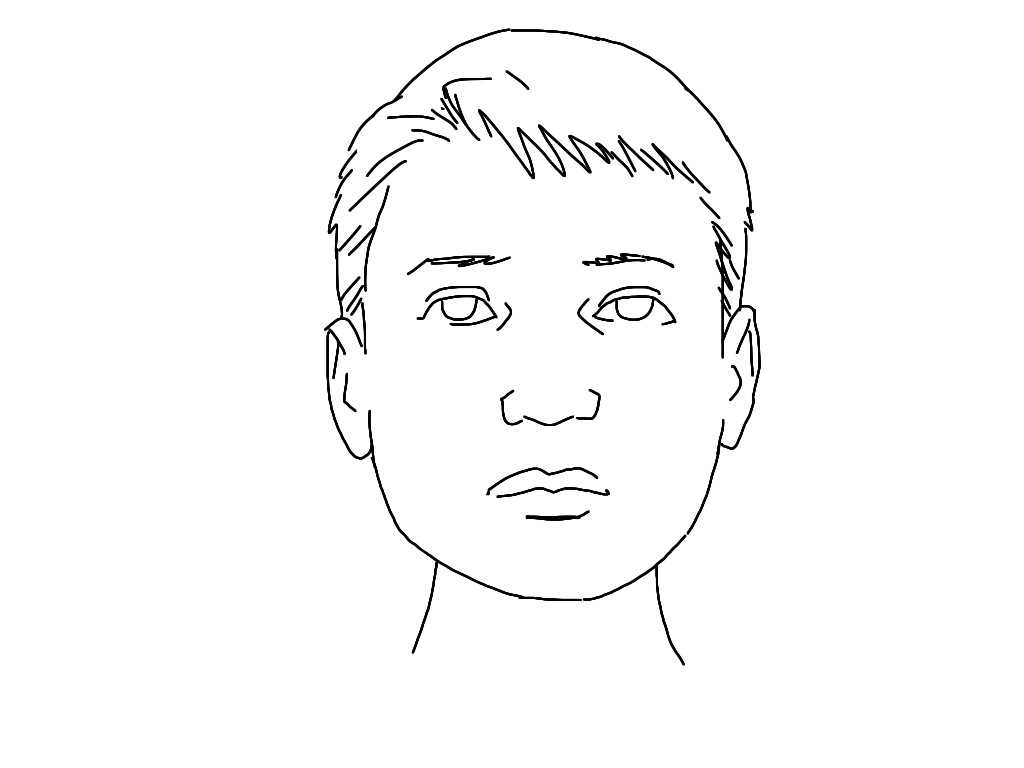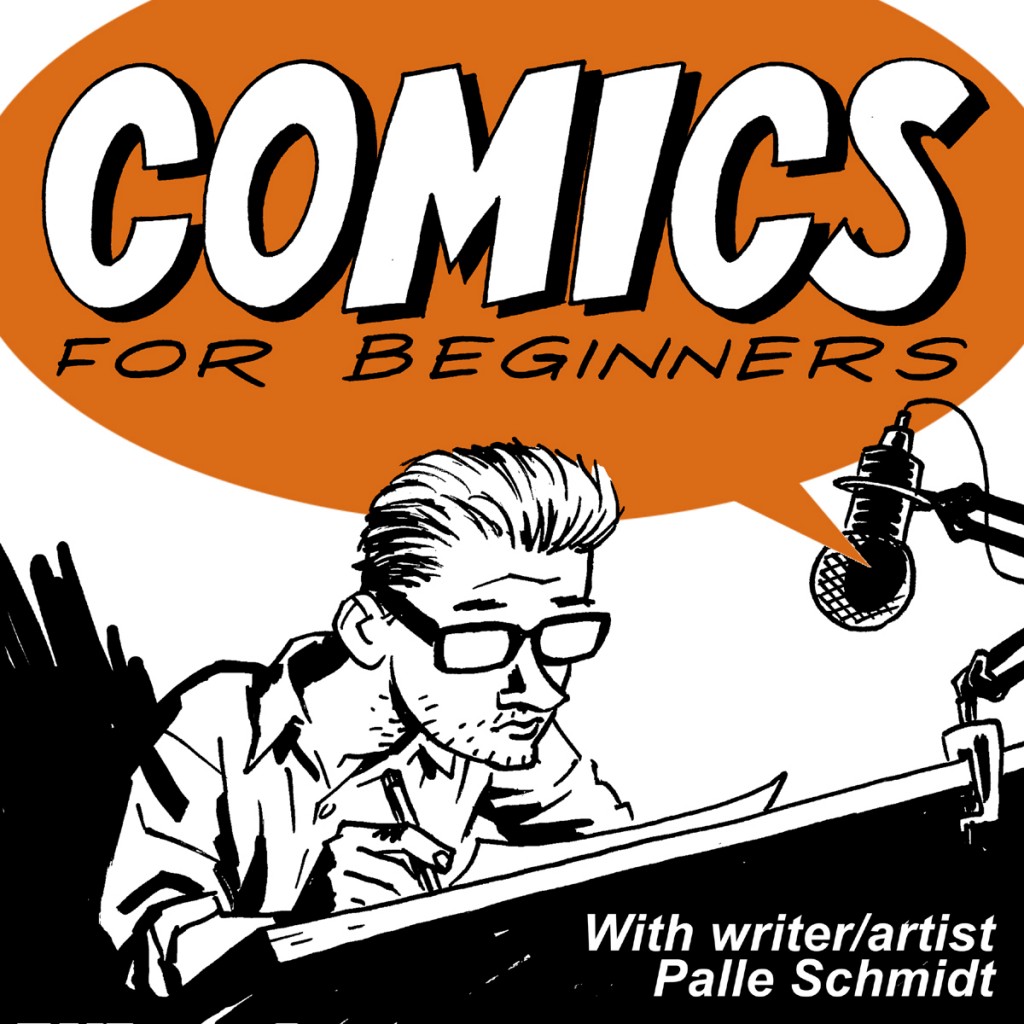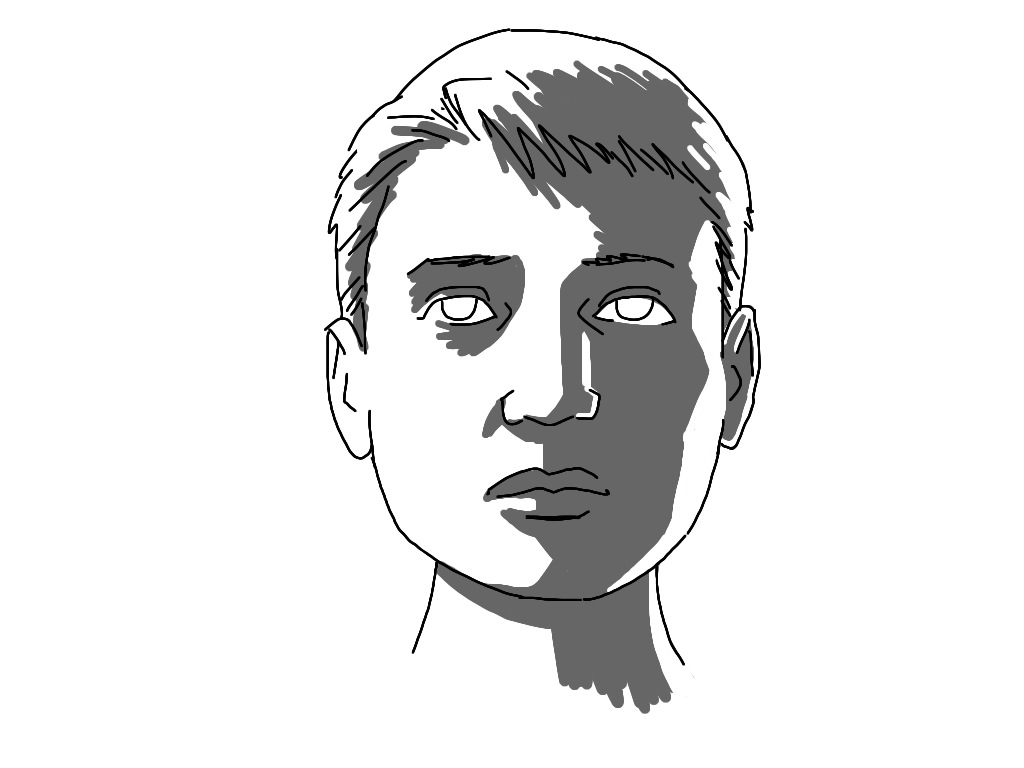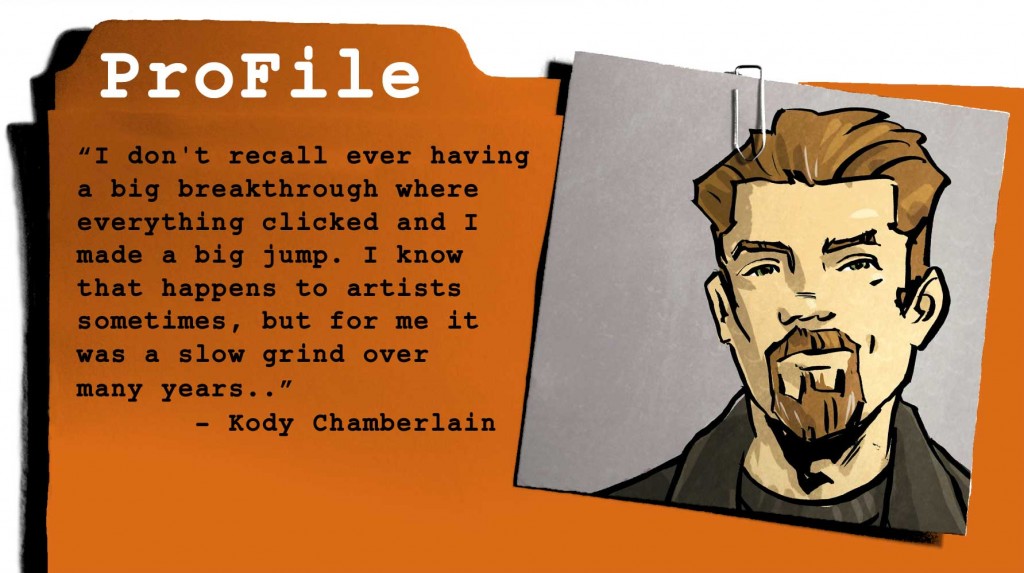A quick recommendation of three books to read for a better grasp on storytelling, structure and sequential art.
learning
Why you can’t learn from success
 We all want to be succesful in some way or another. But is success in comics a recipe you can follow? Secret ingredients? Or is it actually better to burn your fingers on the stove? At least you can learn from that experience!
We all want to be succesful in some way or another. But is success in comics a recipe you can follow? Secret ingredients? Or is it actually better to burn your fingers on the stove? At least you can learn from that experience!
My motto is: “You can’t learn from success”
This quote in a comment on my podcast episode The 3 biggest mistakes of my comics career, got me thinking about this topic.
Looking at people who succeed and copying their strategy would seem like a good idea. And there definitely is a a lot to be said for looking at peers and seeing what works for them. But can you really learn from the success of other artists or duplicate the success you had with a previous project?
Here’s why I think you can’t learn from success:
- What works for another artist is not necessarily going to work for you. They have a different background, a different skill set, maybe a different home life or financial situation putting them in a better position than you.
- Success is personal. You might perceive another creator as hugely successful while they see their career as less than perfect – most likely that’s how they feel!
- You can’t measure success. We as artists have an embedded dissatisfaction with where we are. That’s what motivates us to get going! So the feeling of success we might have quickly fades and gives way to new dissatisfaction.
- No one mulls over success. The more time you spend thinking about something, the bigger the chance of learning from that experience, right? But who lies awake thinking of their successes? Not comics artists, for sure! We’re much more prone to miring over what went wrong, how we’re not good enough. Let’s use that in a constructive way and at least learn something from those self-doubts.
- What worked for you once is not necessarily going to work again! The world is constantly changing and so are you. The circumstances that made a success could have shifted or the artistic side of you refuses to repeat the process.
- The learning you could subtract from a previous success is usually hidden somewhere in the big picture. What you think made the success and what actually made it happen is probably not the same thing.
- Success is 80% timing. Okay, I have no scientific evidence for this, but I do believe a lot of what makes a success is out of our control. It’s not just meeting the right peers or editors, being up for the task when opportunity arises. Any work of art needs to hit home with an audience and the market is constantly shifting. Serial killers or cute ponies might be in vogue this year, but next year we couldn’t be bothered.
- To be really successful in art, you cannot just be replicating what you did last! You need to be constantly pushing yourself.
- Success is outside of your comfort zone. If you are any good at what you do, you will constantly be introducing new methods, new tools and new influences on your work. See how the list of ingredients is constantly changing? You can’t repeat the recipe, it’s just impossible!
- No one succeeds from day one! So if you want to learn from success you have to wait a loooong time. Failure happens all the time, especially in the beginning. Great learning possibilities!
So as you can see, learning from failure is a much better strategy than trying to copy your own success or the success of others. And luckily, failure is bound to happen on a regular basis.
Agree with this perspective? Or think I missed an important point? Comment below!
Talent Isn’t Everything – Comics for Beginners podcast episode 22
Art Tutorial: Light and shadow on a face
 Bland. That’s how I would describe this face. I obvouiusly drew it like that on purpose to make a point. But without really changing the expression of the character, I can easily make it more interesting to look at, by adding some dramatic shadows.
Bland. That’s how I would describe this face. I obvouiusly drew it like that on purpose to make a point. But without really changing the expression of the character, I can easily make it more interesting to look at, by adding some dramatic shadows.
The safest way to apply shadow, is under all the features of the face that extrude – The chin, the nose, the eyebrows (and in this case, the hair).
Effect: If applied lightly, like shown here, not much. But it DOES make the drawing quicker to read, as the main features stand out.
Pitfalls: Shading under eyes and chinbones can make characters look very old/bony.
Oooh, spooky! Who hasn’t held a flashlight under their chin to look like this?
Effect: Dramatic, fearful, scary.
Pitfalls: That shadow on the upper lip could easily look like a moustache. Handle with care.
Another great dramatic shading technique, allowing you to hide facial details = less to draw!
Effect: Makes the character look menacing and/or makes the reader uneasy, because the expression is unreadable.
Pitfalls: Too much black, and you can’t recognize the character. Too little, and it will look like a smear right down the middle of the face.
One of the most used ways of shading is the light from one side. It also helps reader navigation, like if you cut between two characters talking – one would be lit from the left, the other from the right.
Effect: I guess you could go Freudian, and imply split personality, but… In reality, it just looks cool.
Pitfalls: Too sharp lines between the light and dark side will make it look like the person put on half a cowl. Put some dark areas on the light side of the face and blend the lines: Problem solved.
Almost the same as above, only with a second light source, to make the face seem three-dimensional and add to the atmosphere.
Effect: Makes it look like you are the best artist in the world! Seriously!
Pitfalls: It’s tricky to tackle both light sources at once, so draw the primary shadow first and then apply the secondary light source in highlights after the fact. Here I added a little more dark to widen the distance between the light sources. It’s also a good idea to make one highlight sharp and the lines on the other more fuzzy.
Homework assignment: Print out a bunch of copies of the shadowless, bland face and test your newly achieved skills!
—
Hey, if you liked these tips, you’re gonna LOVE our newsletter. Sign up now and get more tutorials and bonus content!
ProFile: Kody Chamberlain
Kody Chamberlain spends most of his time creating comic books and graphic novels, but also works in film, animation, video games, and television. Credits include DC Comics, HarperCollins, IDW Publishing, Image Comics, LucasArts, Marvel Comics, MTV, MTV Comics, Mulholland Books, Sony Pictures, 12 Gauge Comics, Universal Pictures, and Warner Bros. In addition to his work in entertainment, Kody also an inspirational keynote speaker and consultant on the subject of creativity. Credits include CTN Animation Expo, HOW Design Live, INNOV8, Modbook, Macworld, iFest, Wizard World Comic Con, as well as AdFed groups and major universities throughout the United States.
You can find out more about Kody at his website: http://kodychamberlain.com.
His latest book SWEETS: A New Orleans Crime Story:
Print edition: http://tinyurl.com/amazonsweets
Digital edition: http://tinyurl.com/digitalsweets
As high school was wrapping up, I had no plan on what to do next. I was interested in a few different things but no real goals so I decided to go to college and figure it out along the way. I thought I might try engineering because I was doing very well in math so I signed up for an advanced math class that was part of the engineering program. I also signed up for a lot of the usual classes you have to take early in college including basic art classes. I was already doodling a bit here and there, so I thought the drawing classes would be fun.
I quickly realized that I hated the math class, and really enjoyed the drawing class. It was a dilemma because I was good at math and bad at drawing. I discovered graphic design somewhere along the way, thinking it might be a nice combination of the two and I picked it as my focus. After a few months in, I started hanging around with a few guys that were serious about comics and that’s what got me hooked.
I was also writing a bit, and thought it’d be fun to try getting into comics. I sucked for a lot of years but I was making slight improvements here and there, and slowly, things got better. I don’t recall ever having a big breakthrough where everything clicked and I made a big jump. I know that happens to artists sometimes, but for me it was a slow grind over many years. I was having a lot of fun and I knew if I kept pushing forward I’d eventually get to a professional level, so I stuck with it.
I started drawing around 1990 or 1991 and started sending out submissions around 1994. In 2002 and 2003 I started to get favorable replies from publishers and editors and I got my first paid work in 2004. Basically, it took me about 15 years of practice to get paid work.
What part of the process is the most challenging or frustrating to you?
The toughest part for me is letting go. I have to constantly remind myself to stop and move on to the next thing. I’ve talked with enough people to know that it’s a very common problem, and I think it’s one of the main reasons many aspiring creators never actually become professionals. I know plenty of people that have been talking about a project for years and claim to have something done on it, but I have yet to actually see anything from it. They’re stuck in the “loop” of reworking material and they never get out. I’m able to work past it, but I’m always a little grumpy when I have to let something go. In reality, if I were to keep reworking it I know I would kill it. Letting go is a daily struggle, but after an issue of a comic hits the shelf, I always feel good about the work. A little distance solves most problems.
If you could give one piece of advice to an aspiring comics creator, what would that be?
Stop sending out scripts, drawing sample pages, and mailing out submissions. Make a comic. You don’t need a team or a publisher, just make it. Write it, create some artwork, letter it, and then put it out. Then do it again. Even if you don’t end up doing every job when you get into the industry, you’ll have a detailed understanding of the process, and that’s an asset. You don’t need permission from anyone to make a comic, and you don’t need much money. The cost of making comics versus film, animation, etc is incredibly low. Once you’ve made a comic you are now a comic book creator, not an aspiring comic creator. You’ll find the industry treats you differently.
Video: The Wonders of the Internet
This little video is an introduction to the new BONUS VIDEO format. Luckily the weather here has improved a bit since I recorded this! But you know what they say about bad weather: A good excuse to stay indoors and make comics.






